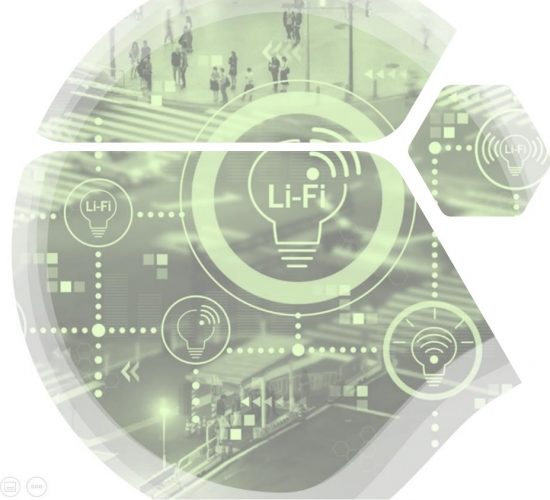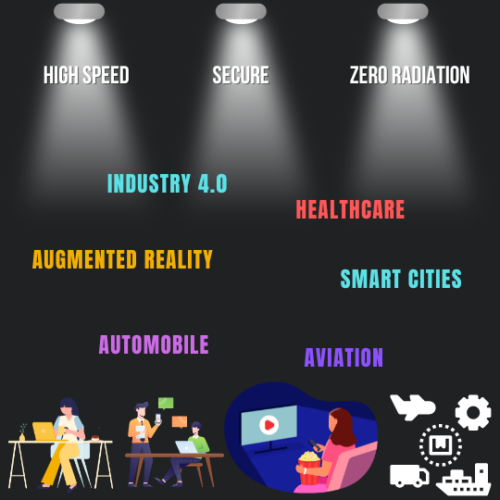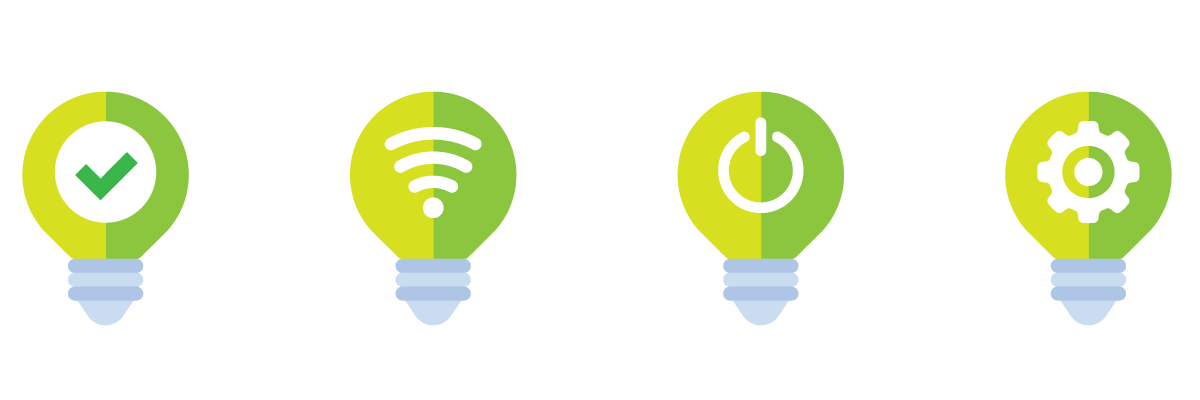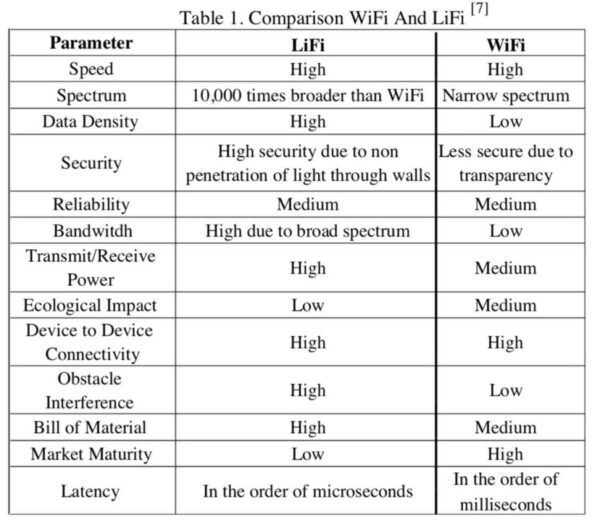Indeed, mankind has come a long way from creating fire with two stones and smoke signals to having access to virtually the entire world in the palm of our hand. Like it or not, most of us have become addicted to our smartphones and other forms of electronic devices, what with a constant stream of information as well as all manner of entertainment at the stroke of a keypad – so much so we immediately plunge into sheer panic mode should we ever leave home without our phones, or God forbid, loose it!
Humans today are indeed living the age of instant connectivity. Essentially all companies, businesses and governments rely on the internet to provide services and products, as well as engage, network and boost their online presence. And with public spaces, office buildings, F&B establishments, transportation – well, pretty much anywhere we go – offering ready access to Wi-Fi (thus, social media, which we can’t seem to live without these days), we certainly expect it. And with continuous escalation in demand for internet connectivity comes the inevitable issue of network congestions. But what does that mean exactly?

At any given time, there are over 5 billion mobile phones being used all over the globe, each transmitting in excess of 600 terabytes of data monthly by way of radio waves. And radio waves aren’t limitless; Wi-Fi and mobile communication operated on radio wave spectrum has limitation on its capacity (bandwidth), referred to as a ‘spectrum crunch’, causing lags, crashes and disruptions in internet connectivity. Thus the necessity for alternatives, which is where Li-Fi comes in. Instead of radio waves, Li-Fi (short for ‘Light Fidelity’) technology uses light to transmit data via LED lamps. With its band frequency of 200,000 GHz (as opposed to the maximum 5 GHz of Wi-Fi), Li-Fi is 100 times faster and can transmit much more information per second. At present, this wireless optical networking technology is capable of a maximum data transfer rate of 224 gigabits per second. Imagine being able to download at least 15 flicks (HD, no less) every second with literally a flick of a light switch! Sounds impossible (and kind of like something out of science fiction), but it’s not.
With the use of the visible light spectrum (which is 10,000 times broader than radio wave spectrum), Li-Fi technology prompts an LED light bulb to emit pulses of light on and off millions of times a second – imperceptible to the naked eye – through which data travels to and from receivers (kind of like Morse Code but a whole lot faster!) Captured data is then transmitted and received by Li-Fi-enabled devices, which is then reconverted to an electronic data stream through a photosensitive detector, facilitating incredibly fast, bi-directional wireless communication.

Li-Fi fuses two basic functions – lighting and wireless data communication. As it can be integrated in energy-efficient LED lighting technology, Li-Fi consumes lower energy; plus, LED lighting offers a number of advantages to the environment, such as a longer life span (LED lights last up to six times longer than other types of lights), contains no toxic elements (as opposed to fluorescent strip lights that contain toxic chemicals such as mercury) and better quality of light distribution (fewer bulbs to achieve the same level of brightness given off by fluorescent and incandescent lights). Ultimately, all this leads to less energy use, reducing the demand from power plants and lessens greenhouse gas emissions.


